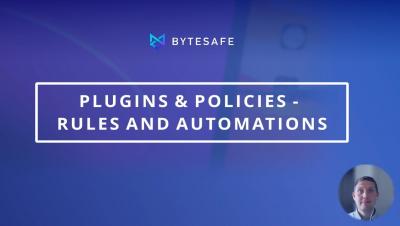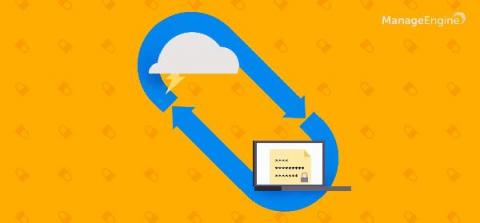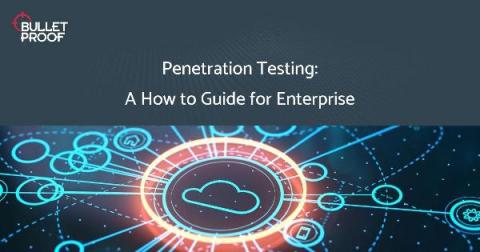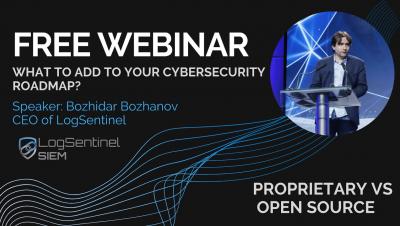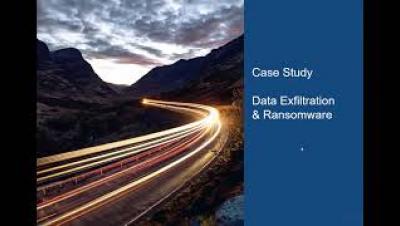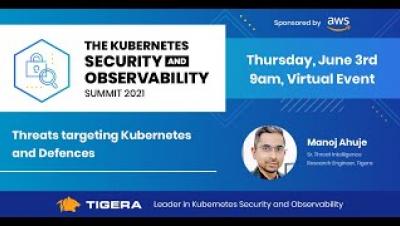Data privacy laws drive urgency to create a data security strategy
With the introduction of more data privacy laws, companies can use a data security strategy and framework to help them achieve better compliance. This is the second post in a data protection blog series that addresses how organizations can better protect their sensitive data. This blog post addresses data privacy laws, frameworks, and how organizations can create their own data security strategies and frameworks to achieve compliance with today’s data privacy laws and standards.




